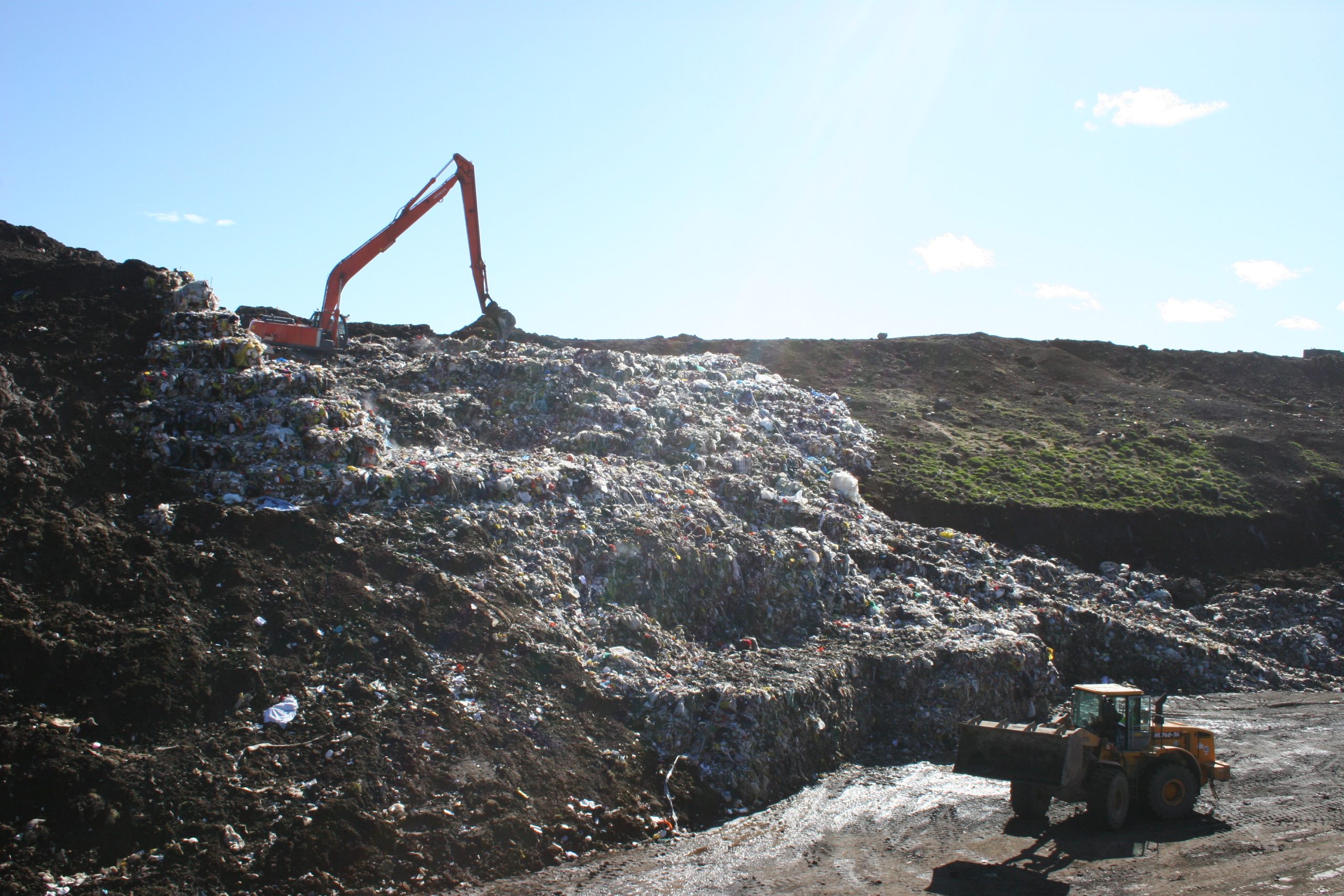
According to the Intergovernmental Panel on Climate Change (IPCC), landfills are responsible for approximately 10% of the global anthropogenic greenhouse gas (GHG) emissions. Emissions mainly come from the landfill gas escaping to the atmosphere because it is not sufficiently managed or not managed at all and landfill gas is composed usually of 60% methane (CH4) and 40% carbon dioxide (CO2).
Sanitary landfills typically have gas collection systems in place to capture methane emissions and prevent their release into the atmosphere. Our platform eLandfill can analyze operational data from these systems to optimize their efficiency and effectiveness. This includes adjusting extraction rates, identifying and repairing leaks, and optimizing the placement of collection wells based on real-time methane emission data.
By analyzing historical data on methane emissions, waste deposition rates, and environmental factors, the platform can develop predictive models to forecast future emissions trends. This enables proactive planning and implementation of measures to reduce methane emissions, such as optimizing landfill cover placement or implementing alternative daily cover practices.
Landfill operators are subject to regulatory requirements regarding methane emissions monitoring and reporting. eLandfill can streamline compliance efforts by automating data collection, analysis, and reporting processes, ensuring that operators remain in compliance with regulatory standards and deadlines.
And last but not least, a major struggle exists in the access of knowledge. We see too often managers not getting an overview of their system and technician not able to access to simple and efficient work procedure. The transparency and accessibility of data provided by the platform can facilitate stakeholder engagement and collaboration in methane emissions reduction efforts.
Overall, eLandfill platform can play a crucial role in reducing methane emissions by providing actionable insights, optimizing waste management practices, enhancing regulatory compliance, and fostering collaboration among stakeholders.
